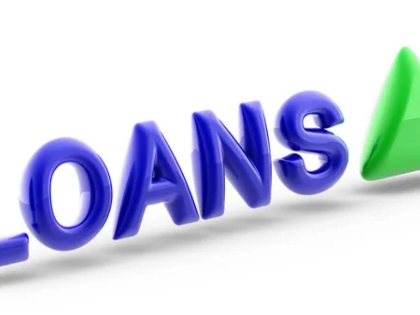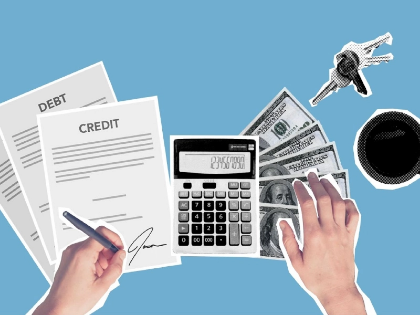These consist of your debt-to-income ratio, credit score, and home equity. Pay stubs and tax returns are examples of the income documentation that lenders may need to see.
House Equity

Your ownership interest in a property is referred to as home equity. Your home equity increases as a result of your mortgage payments, which lower your outstanding balance. If the value of your home increases, you can also increase your home equity. In most cases, homeowners cannot refinance until they have at least 15% to 20% equity in their home.
Homeowners can profit from refinancing in a number of ways, including reduced interest rates and quicker debt repayment. But before you apply, it's crucial to understand how much equity is needed.
You need to have strong credit and enough home equity to satisfy the lender's combined loan-to-value ratio criteria, regardless of whether you're refinancing for cash out or just changing the terms of your loan. This is subject to different rules for different lenders and lending programs. These rules are available on the lender's website or in the official manual for the mortgage program. To find out more about the guidelines and regulations for mortgage loans, you can also consult with a mortgage professional.
Credit Rating

The minimum credit score required to refinance your mortgage varies based on the type of loan, the lender you are working with, and any government programs you may be interested in. Nonetheless, it's always a good idea to have the cleanest credit profile possible by regularly monitoring and contesting inaccurate information on your credit report, paying your bills on schedule, and paying off debt before refinancing.
A good credit score (720 or above) is sometimes required in order to be eligible for a mortgage refinance. This is due to the fact that lenders will review your credit file with the same rigor as they did while reviewing your initial loan application since you will be receiving a new mortgage. One exception is the Streamline Refinance option, which might be an excellent choice for homeowners with terrible credit because it doesn't require an assessment or a minimum credit score. A less restrictive refinance option than a conventional mortgage is offered by the VA or the US Department of Agriculture, which can enable you to refinance even with a poor credit score.
Ratio of Debt to Income

One of the key considerations for lenders when evaluating your ability to afford a mortgage is your debt-to-income ratio, or DTI. It is the portion of your monthly income that is used to pay off debt, such as credit card payments, student loans, vehicle loans, rent or mortgage, and other recurrent obligations. Front-end and back-end DTI ratios are the two types of DTI ratios that mortgage lenders typically consider when considering a house loan.
It could be challenging to be approved for a refinance if your DTI ratio is high. You can either raise your income or lower your loan payments to lower your DTI ratio. You can, for instance, stop paying for streaming services or gym memberships, or you can pay off your credit cards. Additionally, since taking on extra debt will raise your DTI, it's a good idea to refrain from doing so. Lenders typically prefer to see a front-end DTI of no more than 36% and a back-end DTI of no more than 43%.
Ratio of Loan to Value

Homeowners with low loan-to-value ratios are seen by lenders as less risky, hence the loan-to-value ratio plays a significant role in mortgage underwriting. Your lender will compare the amount you still owe on your current mortgage with the current appraised worth of your house when you refinance. A large loan-to-value ratio could make you less eligible for a mortgage or result in a higher interest rate.
Refinancing allows you to tweak your loan term, cash out some equity, change your interest rate, and move from an adjustable-rate mortgage to a fixed-rate mortgage. It is also feasible to refinance with reduced PMI premiums or without mortgage insurance.
Examine your credit report prior to applying for a refinance, and be ready to supply financial information such as account statements for your current mortgage, home equity lines of credit, student loans, and auto loans. W-2s, tax returns, and paystubs are also required. You can bypass an appraisal and credit score restrictions if you are eligible for a government-backed streamline refinance program, such as the VA IRRRL or FHA Streamline Refinance.
Recommended Reading: How to Protect Your Personal Data, Both Offline and Online
























Protects against silent regressions.
Crisp enough to teach.
Zero wasted ornament.
Signals psychological safety indirectly.